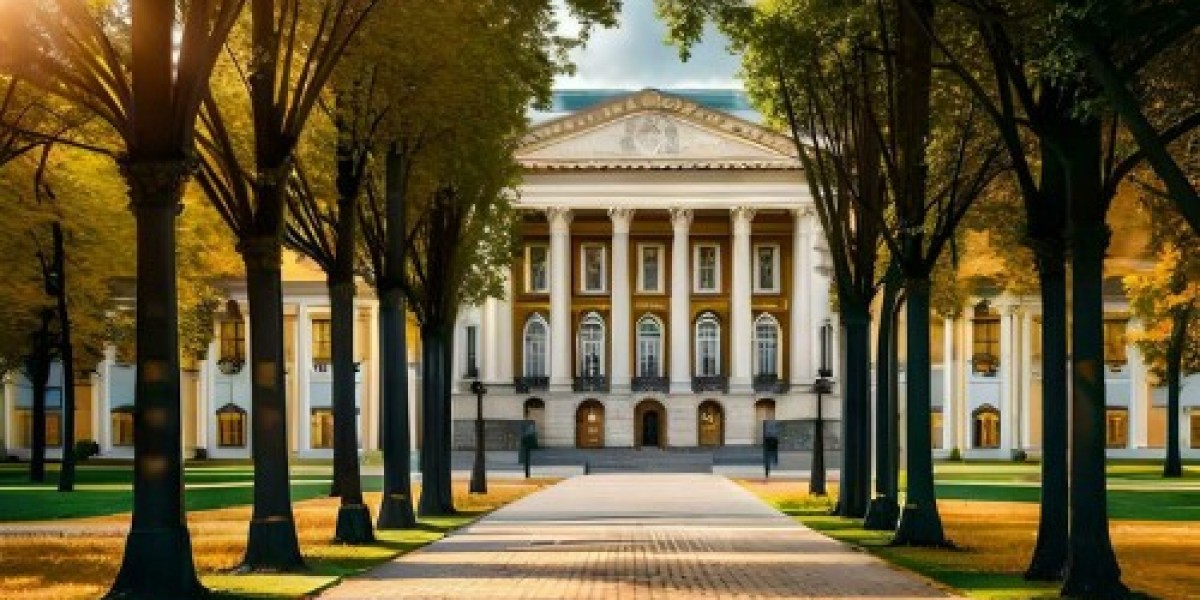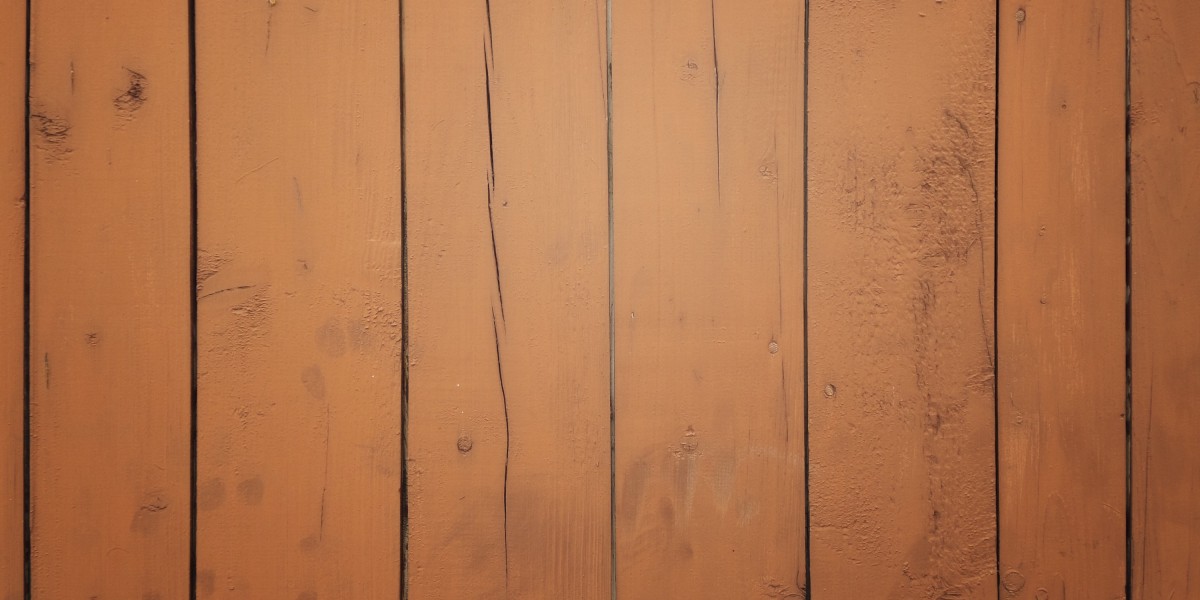MBBS in Russia for Indian students has become a widely discussed topic among NEET-qualified aspirants seeking affordable and globally recognized medical education. For decades, Russia has been a stronghold of scientific and medical excellence, producing thousands of international doctors practicing worldwide. Yet, the question persists—can studying MBBS in Russia truly match the quality, exposure, and outcomes of Indian medical colleges? To answer that, let’s examine both systems in detail, exploring education quality, recognition, cost, clinical exposure, and post-graduation opportunities.
A Historical Perspective on Russian Medical Education
Medical education in Russia dates back to the 18th century, with universities like Moscow State University, Saint Petersburg State University, and Kazan Federal University laying the foundation for scientific and clinical training. Over time, Russia has developed a strong network of public medical universities that are not only government-funded but also regulated under national academic frameworks that ensure quality, infrastructure, and curriculum standards.
For Indian students, Russia began gaining traction in the 1990s after the fall of the Soviet Union, when English-medium MBBS programs opened up to international students. Today, more than 10,000 Indian students study medicine in Russia across 80+ WDOMS-listed and NMC-recognized universities.
Comparing Education Systems: Russia vs. India
1. Curriculum and Duration
Both Russia and India follow a 5.8–6 year MBBS structure, including internship. The Russian MBBS curriculum is aligned with global WHO guidelines, emphasizing both theoretical and practical training.
In India, the National Medical Commission (NMC) sets strict standards for syllabi, focusing heavily on public health and rural exposure.
In Russia, universities combine classroom learning with research-based and hospital-oriented training from the second or third year onwards.
The teaching approach in Russia is highly systematic, integrating clinical exposure gradually and culminating in a full-year hospital internship.
2. Language of Instruction
One of the key concerns for Indian students used to be the Russian language barrier. However, most universities now offer fully English-medium MBBS programs. Still, students are encouraged to learn basic Russian to interact effectively with patients during hospital rounds.
In comparison, Indian colleges use English and regional languages, providing a linguistic advantage for students aiming to practice in India.
3. Cost and Accessibility
Russia: The total cost of studying MBBS in Russia ranges between ₹25–45 lakhs, including tuition, hostel, and living expenses for the entire course.
India: The same degree at an Indian private college often costs between ₹80 lakhs–₹1.5 crore, while government colleges are far more affordable but have limited seats and intense competition.
Therefore, for middle-income families, Russia provides a far more accessible route to becoming a doctor without the financial strain of private Indian colleges.
4. Clinical Exposure and Hospital Training
Clinical exposure is a defining factor in evaluating MBBS programs. Russian universities maintain teaching hospitals equipped with modern diagnostic labs, surgical units, and specialized departments. Students begin clinical rotations from the third year, participating in ward visits, surgeries, and outpatient clinics under senior supervision.
In India, students experience abundant clinical exposure due to the country’s vast patient population and diverse disease spectrum. However, Russian teaching hospitals cater to a wide range of cases due to their large regional catchment areas, ensuring substantial patient interaction, especially in urban universities like Sechenov University or Kazan Federal University.
5. Faculty and Teaching Standards
Russian universities employ professors with doctoral-level qualifications and international exposure. Many professors have studied or trained abroad, ensuring academic diversity and modern teaching methodologies.
In Indian government colleges, faculty standards are also high, but limited infrastructure and overcrowding can sometimes restrict personalized mentoring. In contrast, Russian classrooms maintain a smaller student–teacher ratio (around 1:15), allowing closer academic supervision.
6. Recognition and Licensing
Degrees from WDOMS-listed and NMC-approved Russian universities allow students to appear for:
FMGE / NExT (India)
USMLE (United States)
PLAB (United Kingdom)
AMC (Australia)
MCCQE (Canada)
In India, graduates from both domestic and foreign universities must now pass the NExT exam for licensing and postgraduate eligibility. Hence, the distinction between Indian and Russian graduates is narrowing, as both groups are assessed through a common exam framework.
7. Post-Graduation Opportunities
Graduates from Russian universities enjoy global career mobility. They can pursue postgraduate medical studies (MD/MS equivalent) in Russia, India, or abroad. Many opt for specialized residencies in Europe or the US after clearing the respective entrance exams.
In India, post-graduation seats are highly competitive—less than 10% of MBBS graduates secure government PG seats annually. The Russian route, in this case, offers alternative pathways for medical specialization and research careers.
8. FMGE/NExT Success Rate
FMGE pass rates among Russian MBBS graduates are improving steadily, with top universities achieving rates above 30–35%, compared to the global average of 18–20%. This improvement is largely due to the growing alignment of Russian curricula with Indian exam formats and the availability of FMGE/NExT-oriented coaching in Russian campuses.
9. Living Conditions and Student Life
Russia offers a safe, multicultural, and structured environment for international students. University hostels are well-maintained, and cities like Moscow, Kazan, and St. Petersburg are modern and student-friendly. Winters can be harsh, but all facilities are centrally heated.
Indian students often form associations and cultural clubs, ensuring community support and Indian food availability through mess facilities or tiffin services. Compared to other foreign destinations, Bangladesh and Russia are the most comfortable for Indian students in terms of cultural adaptation.
10. Return on Investment (ROI)
When considering affordability, global recognition, and quality, Russia offers one of the highest ROIs among MBBS-abroad destinations. A graduate investing ₹30–40 lakhs can recover costs within a few years of clinical practice. In contrast, the same degree from a private Indian college might require decades to justify its cost unless the student immediately secures a postgraduate specialization.
Key Challenges in the Russian MBBS Route
While Russia offers undeniable advantages, students must also prepare for challenges:
Language barrier during clinical years if one avoids learning basic Russian.
Climate adaptation, especially in northern regions.
FMGE/NExT preparation requires consistent effort and early planning.
Documentation and attestation process must be handled with precision to avoid delays in recognition.
These are manageable with proper guidance, dedicated study habits, and support from credible consultancies or university representatives.
Final Comparison Table: MBBS in India vs MBBS in Russia
| Feature | India | Russia |
|---|---|---|
| Course Duration | 5.5 years | 6 years |
| Medium of Instruction | English / Regional | English |
| Total Cost | ₹10 lakh (govt) – ₹1.5 crore (private) | ₹25–45 lakh (all-inclusive) |
| Clinical Exposure | High (larger population) | High (diverse cases in teaching hospitals) |
| Recognition | NMC, WHO | NMC, WDOMS, WHO |
| Entrance | NEET mandatory | NEET mandatory |
| Language Barrier | None | Mild (basic Russian for patients) |
| Postgraduate Scope | Competitive | Wider global options |
Conclusion
The question “Can studying MBBS in Russia really compete with Indian medical colleges?” doesn’t have a one-line answer — it depends on what you value most. If your priority is affordable education, global recognition, and practical clinical exposure, then Russia competes strongly and even surpasses many private Indian colleges. The key is to choose a WDOMS-listed, NMC-approved university, maintain discipline, prepare early for NExT/FMGE, and embrace the learning and cultural experience Russia offers.
In short, MBBS in Russia for Indian students is not just a backup option anymore — it’s a smart, globally viable route to becoming a doctor with both competence and international credibility.



